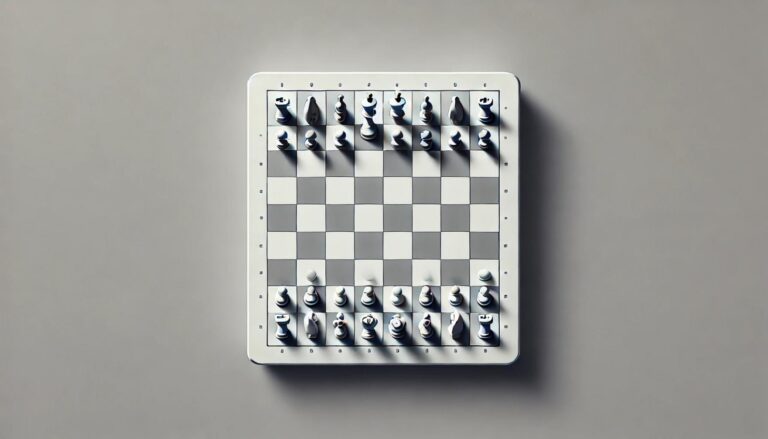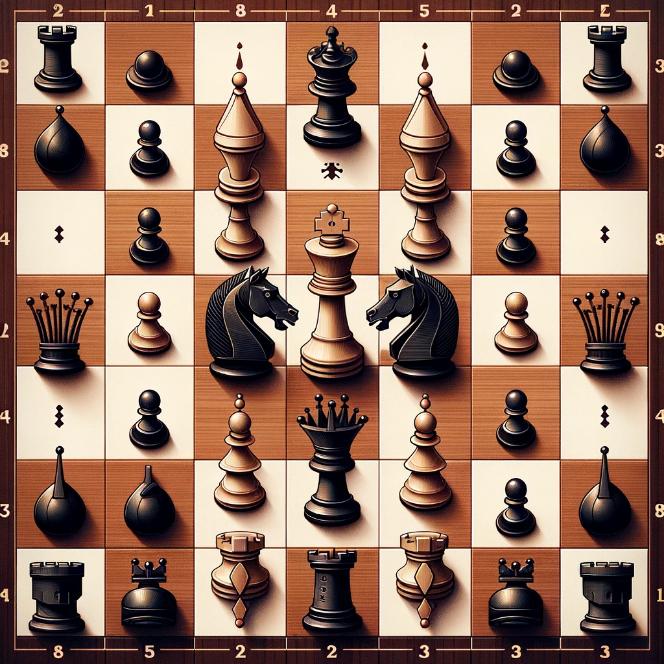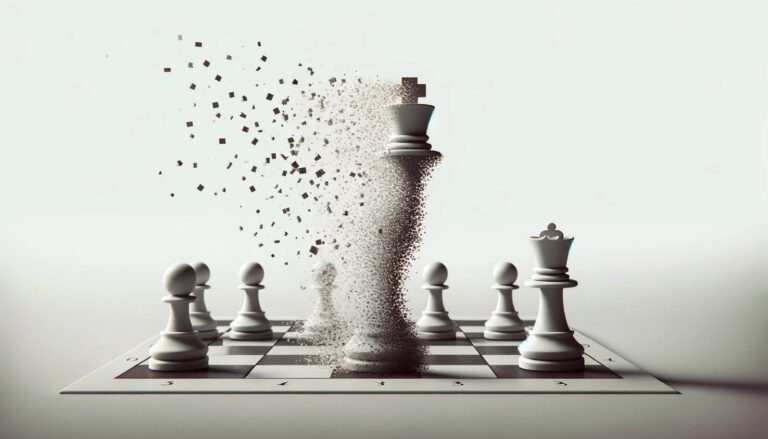Section 1: Understanding the Touch Move Rule
The touch move rule in chess is an important aspect of the game that all players need to master. It is a rule that is designed to prevent any unfair or unintentional movement of pieces during a game. It states that if a player touches their own piece, they must move that piece if it has a legal move available. This means that once a player has touched a piece, they must complete a legal move with that piece. Failure to do so can result in penalties such as losing the game or being disqualified. In this section, we will delve deeper into the touch move rule and its significance in chess.
The main purpose of the touch move rule is to ensure fair play and prevent any cheating or manipulation of the game. By requiring players to move the piece they have touched, it eliminates the possibility of players making fake moves or changing their minds about their intended move. It also prevents players from purposely touching a piece to distract or annoy their opponent.
Section 2: Exceptions to the Touch Move Rule
While the touch move rule is a fundamental aspect of chess, there are a few exceptions that players should be aware of. One of the most common exceptions is the âadjusted pieceâ rule. This rule states that if a player touches their own piece and makes minor adjustments to it without lifting it from the board, they can change their mind about the intended move and choose a different one. This is allowed as long as the piece has not been lifted from its original square.
Finally, the touch move rule does not apply if the player announces their intention to adjust a piece before doing so. This is commonly seen in professional games where players will announce âjâadoubeâ before adjusting a piece, which means âI adjustâ in French. This ensures that both players are aware of the adjustment and eliminates any potential confusion or disputes.
Section 3: Mastering the Touch Move Rule
Mastering the touch move rule is essential for any serious chess player. Not only does it prevent any potential penalties or disputes during a game, but it also improves a playerâs overall understanding of the game. Here are some tips to help you master the touch move rule:
2. Learn to control your nerves: Nervous or fidgety players tend to touch pieces more often. Learning to control your nerves can not only improve your chess game but also prevent any unnecessary touches.
4. Be aware of your opponentâs moves: Knowing what moves your opponent is planning can also prevent any accidental touches. This will help you anticipate where they might move their pieces and avoid touching them beforehand.
Section 4: Consequences of Violating the Touch Move Rule
As previously mentioned, not following the touch move rule can result in penalties for a player. In a casual game, the penalty for violating the touch move rule can range from a warning to forfeiting the game. In a competitive game, the penalties can be more severe, and players can be disqualified for repeated violations.
It is important to note that the touch move rule only applies to a playerâs own pieces. If a player accidentally touches their opponentâs piece, the opponent has the right to request that the touched piece be moved. If the player refuses to move the piece, they can be penalized or even forfeit the game.







